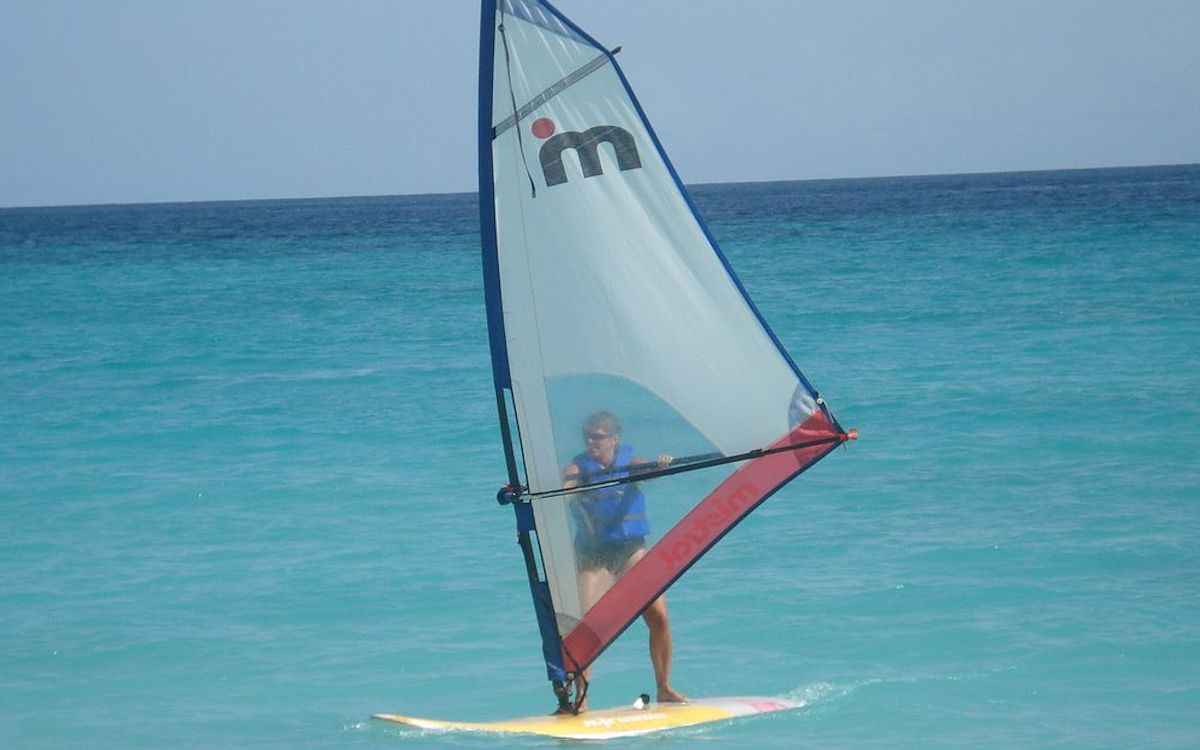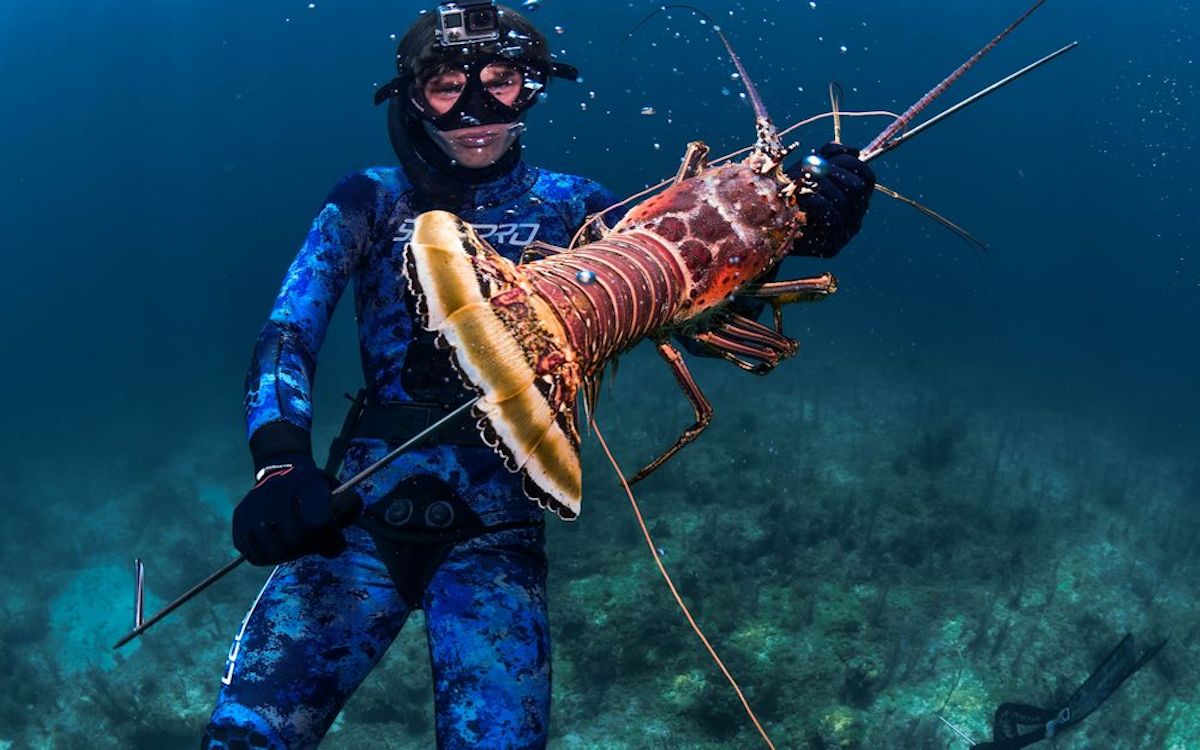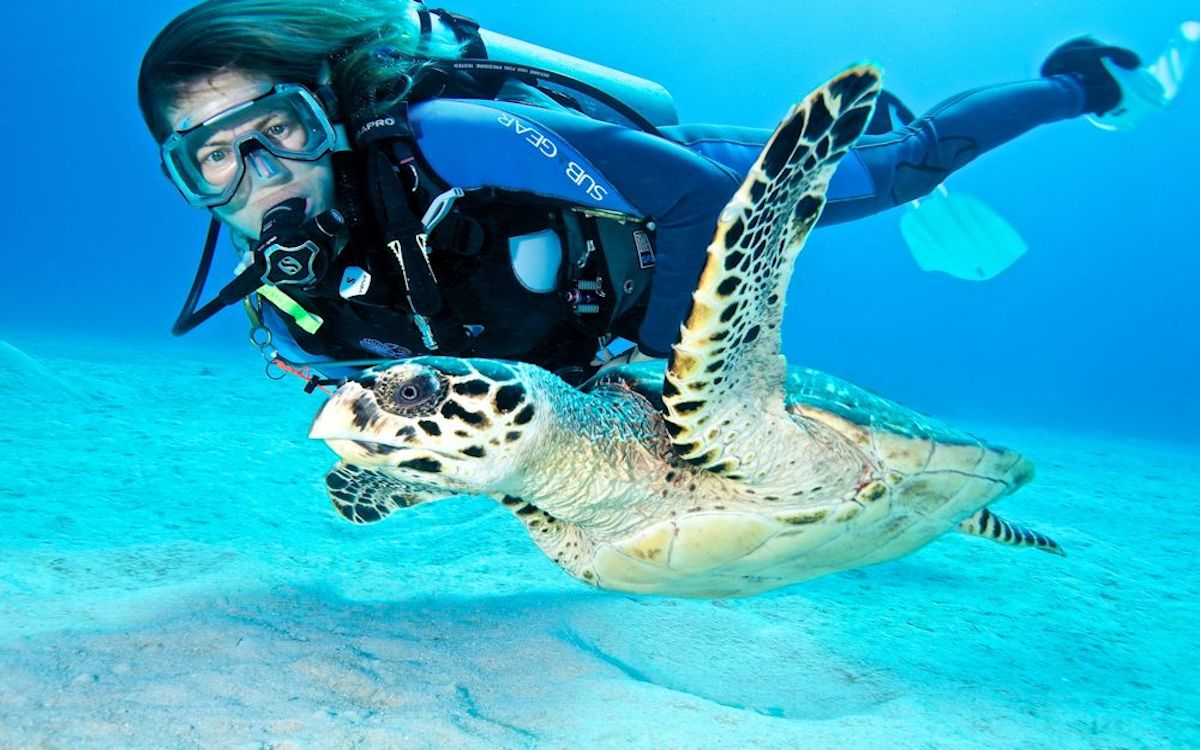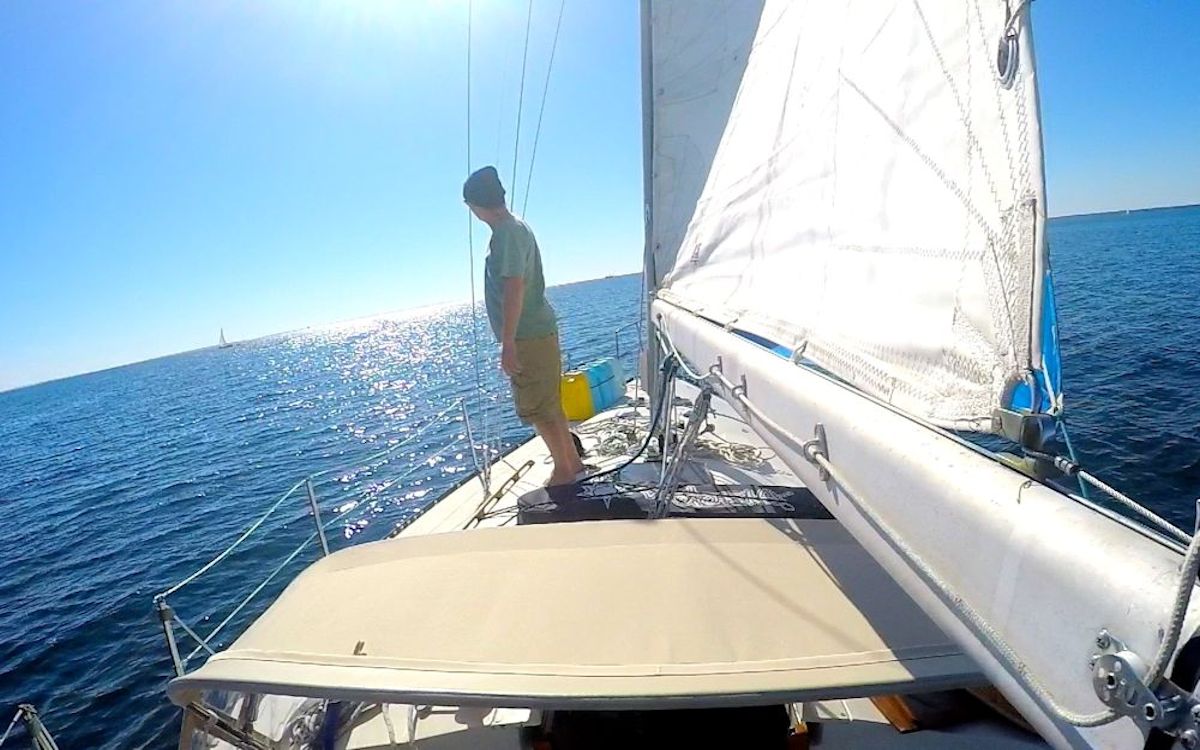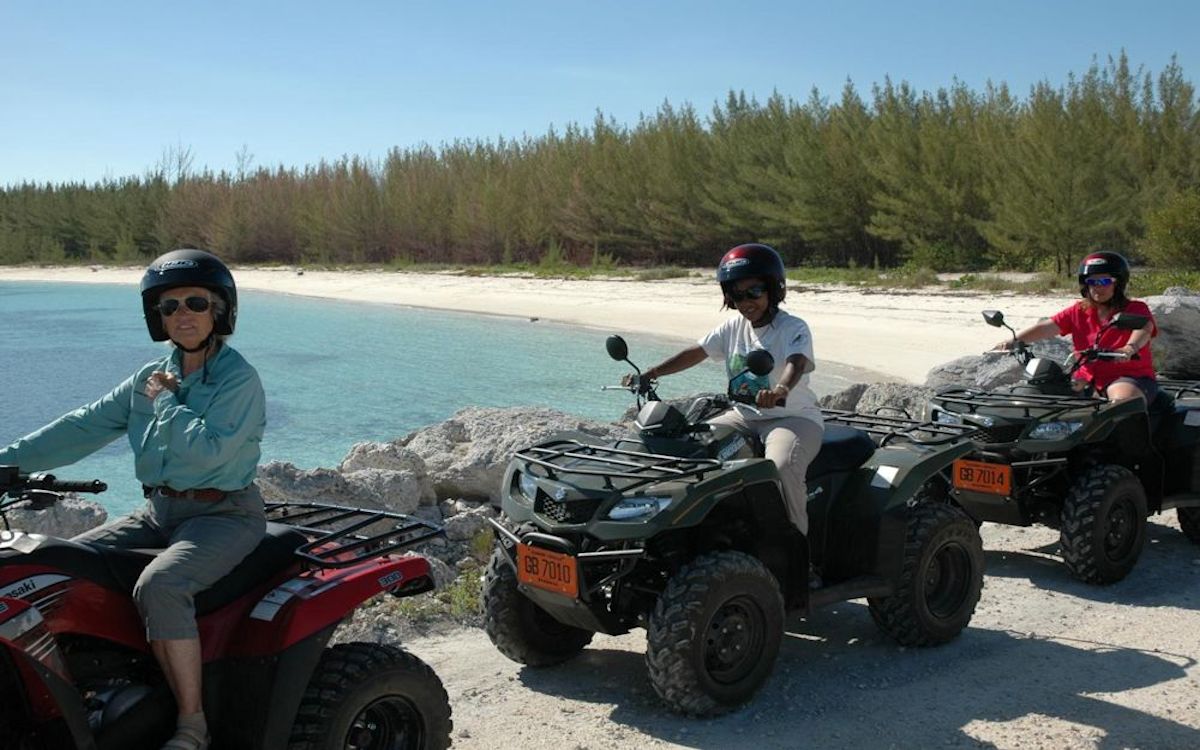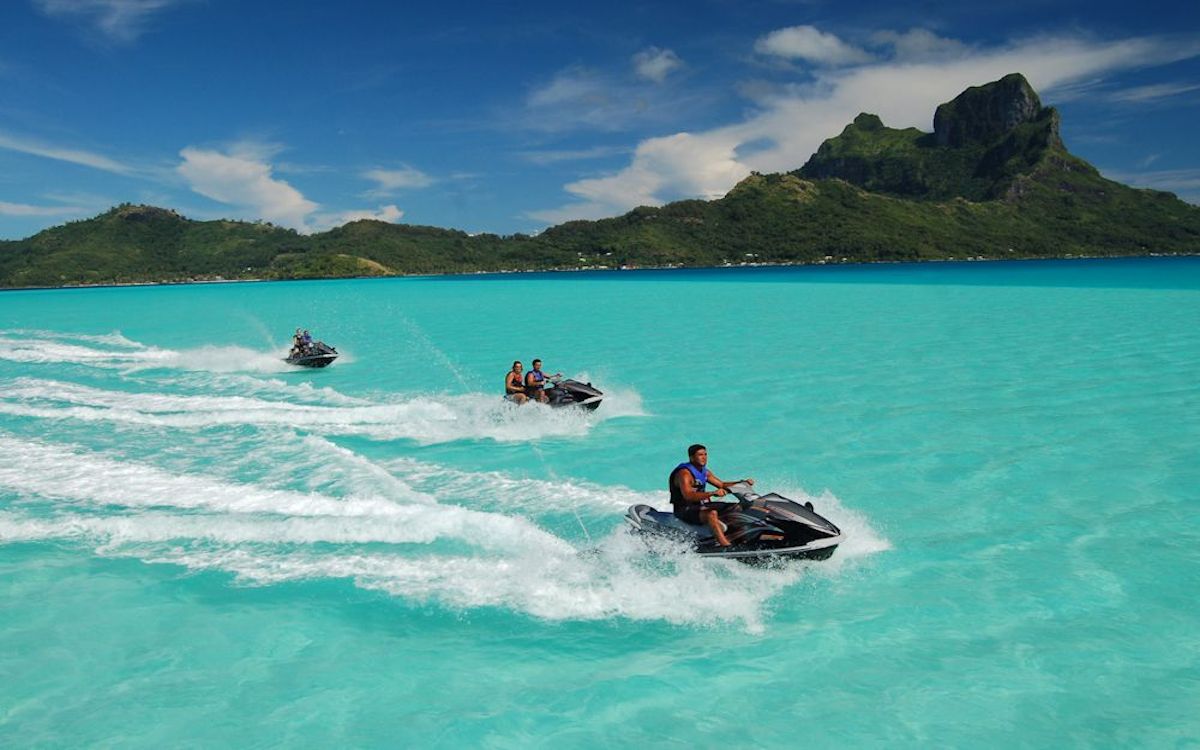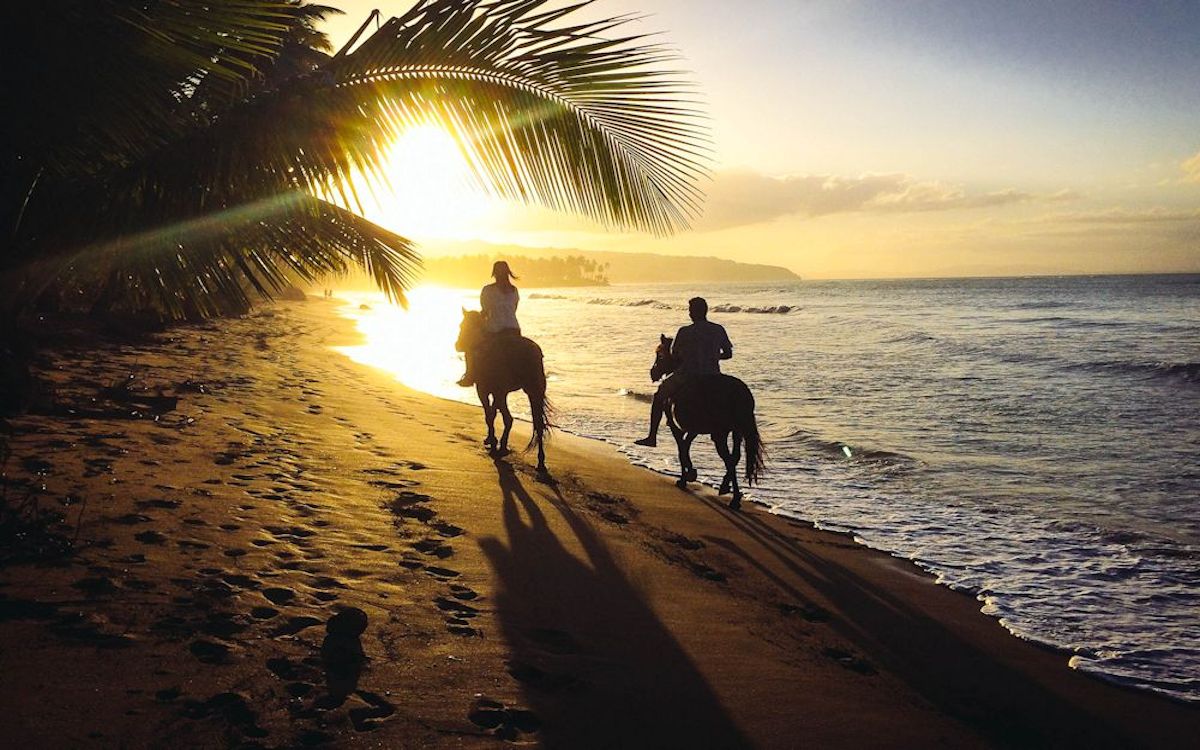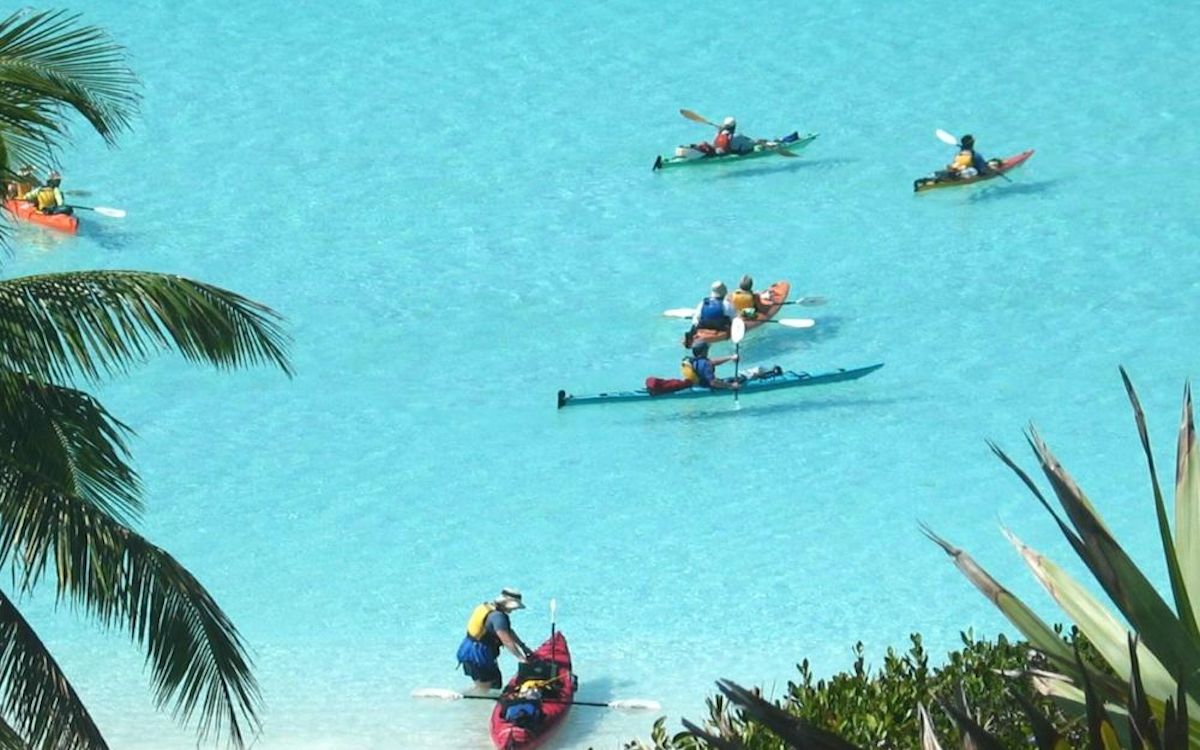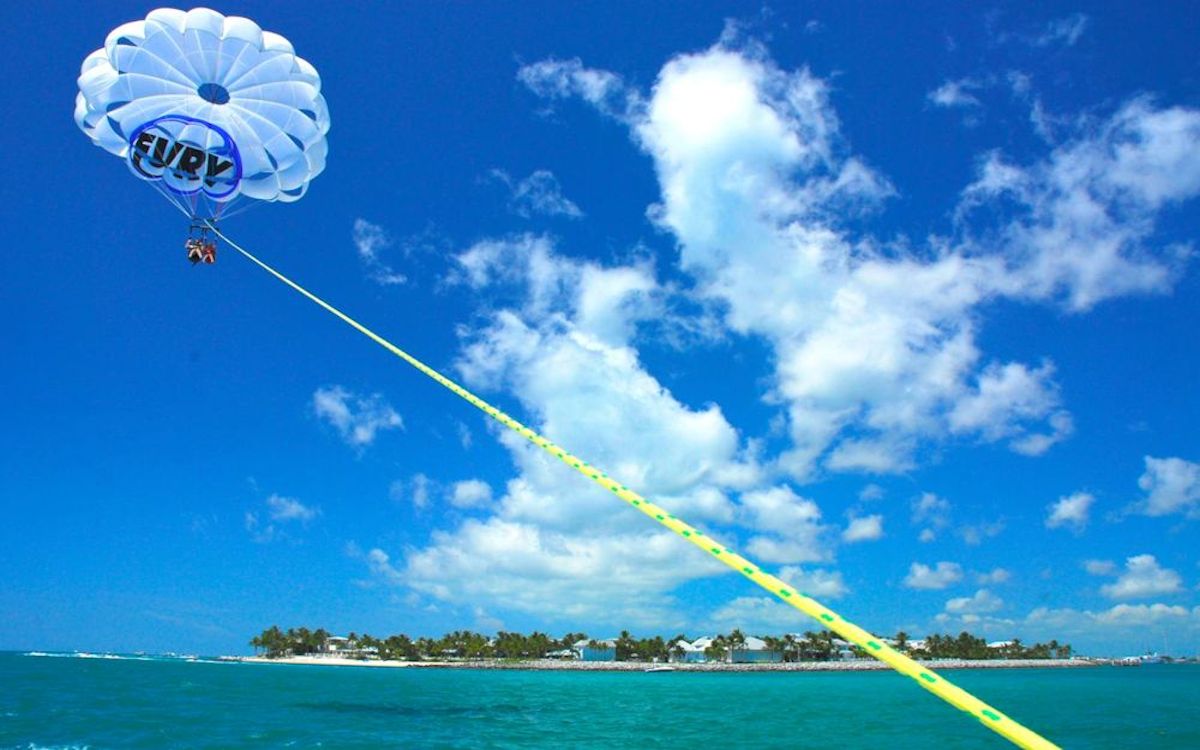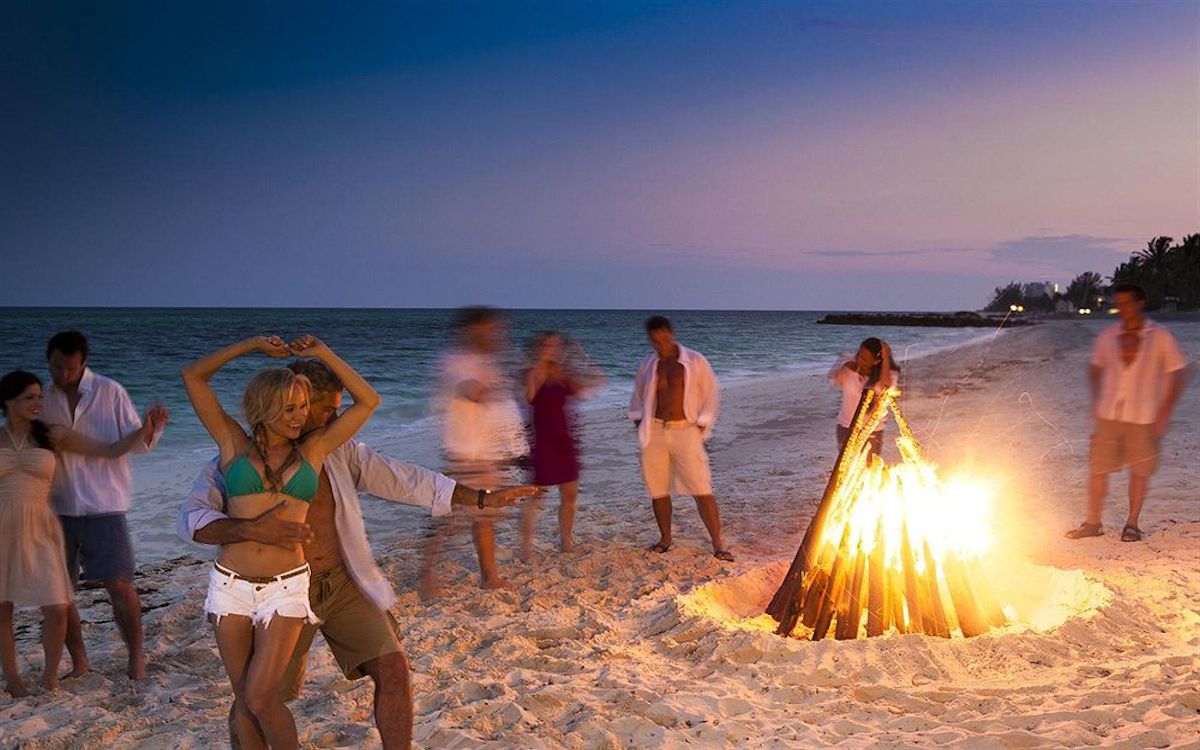ABOUT RUM CAY AND THE BAHAMAS
The tropical Island of Rum Cay is part of the world renowned Family Islands within The Commonwealth of the Bahamas. Known locally as the “sleeping beauty” of the Bahamas, this lush verdant island is considered one of the best kept secrets in the Caribbean, as its rare and unrivalled splendour was, until recently, unknown to all but the most discerning of travellers.
DESCRIPTION
Rum Cay remains a virtually untouched tropical island, centrally positioned within the Bahama Islands chain, located some 150 nautical miles southeast of Nassau and just over an hour’s flying time from Florida.
The island is some 34 square miles in land mass, being an elliptical 9 miles by 6 miles, with an unusual topography for The Bahamas as it undulates with numerous peaks rising to 150 feet or more. Pristine soft white sands adorn the coastline and the island is ringed by a spectacular necklace of coral within its crystal-clear turquoise waters, which provides homes to an impressive array of marine life. The interior offers a virtual wilderness with lush vegetation inhabited by a wide variety of rare birds, free ranging feral cattle and goats.
HISTORY
Rum Cay’s historical past also attracts great interest, demonstrated by the many historical ruins and artefacts that are found in abundance. When Christopher Columbus discovered the New World in 1492, he landed on the island of San Salvador some 20 miles east of Rum Cay and it is believed that he then visited Rum Cay for water, naming it ‘Santa Maria de la Concepción’.
Previous to the visit by Columbus, it was home to the ‘Taíno’ Indians, also known as ‘Lucayans’, who belonged to the native Arawak peoples. They had called the island ‘Mamana’ but by 1492 most had left for other parts, leaving behind evidence of their existence in the form of cave drawings, bowls, utensils and other artefacts to be found all over the island.
The name of Rum Cay is thought to have been acquired due to a shipwrecked cargo of rum discovered by Spanish explorers.
From the 17th Century, the British Navy used the island as an important marine base to contest dominance of the Caribbean seas with the Spanish, Portuguese and numerous pirates.
Two of the biggest British Navy Man-of War ships ever lost are located at either end of the island. One is HMS Conqueror, a huge 101-gun man of war, built in Devon in 1855 and which served in the Crimean War. It lies in 30 feet of water off ‘Sumner Point Reef’, the islands southeast corner, having been wrecked on the rocks on December 13, 1861. All 1,400 aboard survived and the wreck is preserved as an Underwater Museum of the Bahamas.
By the beginning of the 19th Century, the island had been populated by ‘Loyalists’ and Plantations thrived, their boundaries (known as ‘margins’) can still be seen all over the island today. Such ‘margins’ are still used to differentiate land parcels.
And in common with other islands, Rum Cay has since gone through a series of industry specific economic peaks. Pineapple, salt and sisal have all been important industries, but competition has taken its toll. Settlements such as Port Boyd, Black Rock and Gin Hill are now only romantic ruins, reclaimed by the eternal vibrant nature of Rum Cay!
THE SEA
What also makes Rum Cay unique in the Bahamas is that some 200 meters offshore; the seabed drops quickly to as deep as 3,000 meters. There is always an abundance of vibrant marine life that attracts fishermen, divers and snorkelers from all corners of the world. The sea between Rum Cay and San Salvador is without doubt the mecca for all of the Americas east coast sports fishing tournaments.
FROM SPACE
Communications and photographs from space constantly confirm that the Bahamian has the most beautiful waters on Earth.
NASA Astronaut Ron Garan, currently on a six-month space mission (December 2013) with Russians Andrey Borisenko and Alexander Samokutyaev, has kept his Twitter site filled with pictures of Earth from space. On several occasions, the main subject of his photos has been of the amazing colours of the Bahamian Island chain.
“The beautiful waters of The Bahamas” labels one of his photos, which show blue hues off the coast of Andros. Long Island, Rum Cay, Cat Island, and Eleuthera were also identified in his photos.
Garan, known as @Astro_Ron on Twitter, has had his photos re-tweeted (re-posted) by several of his followers. His followers’ comments on the photographs describe The Bahamas as a “fantasy world,” “masterpiece,” “earth paradise,” and “amazing.” Garan’s posts are similar to those of other astronauts who felt compelled to share the beauty of The Bahamas as they looked at it from space.
In 2010, NASA astronaut Douglas Wheelock shared a photo of The Bahamas from space. “Of all the places on our glorious planet, few rival the brilliant colors of The Bahamas,” Wheelock said in his Twitter post.
Several other astronauts have commented on the beauty of The Bahamas from space. They include Story Musgrave, one of NASA’s most experienced astronauts having a 30-year career that spans from the Apollo era in the 1960’s to the Space Shuttle Program in the 1990’s. Musgrave, a six-time space shuttle astronaut, has written many poems throughout his career. His poem, “Oh Bahamas,” describes the country’s pristine waters.
The Islands of The Bahamas consist of more than 100,000 square miles of the world’s clearest waters, often referred to by seasoned travelers as a 100,000-square-mile spa.
You should spend as much time as you can in this Paradise!

